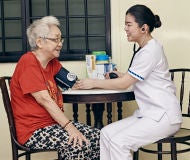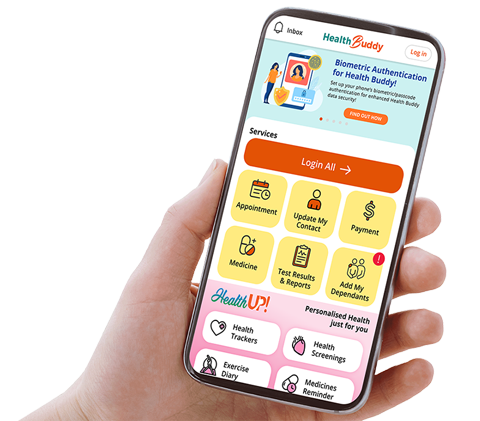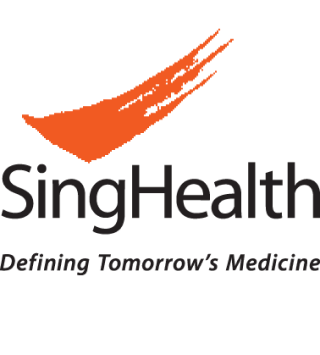Singapore General Hospital will NEVER ask you to transfer money over a call. If in doubt, call the 24/7 ScamShield helpline at 1799, or visit the ScamShield website at www.scamshield.gov.sg.
We’d love to hear from you! Rate the SGH website and share your feedback so we can enhance your online experience and serve you better. Click here to rate us
Cancer

Envisioned Future
1. To develop early detection and screening methods.
2. To develop novel therapeutics through:
- Harnessing translational pathology and cancer immunotherapy to integrate tumour and immune microenvironment parameters into diagnostic and prognostic tools for precision therapeutics.
- Combinatorial and targeted therapy to reduce treatment-related morbidity and maintain quality of life.
3. To consolidate and expand existing registries and tissue repositories.
Research Strategy

Research Peak Leads

Assoc Prof Lim Chwee Ming
Senior Consultant
Otorhinolaryngology- Head & Neck Surgery
Singapore General Hospital

Assoc Prof Charles Chuah
Senior Consultant
Haematology
Singapore General Hospital
Senior Consultant
SingHealth Duke-NUS Blood Cancer Centre
Stay Healthy With
Outram Road, Singapore 169608
© 2025 SingHealth Group. All Rights Reserved.



















